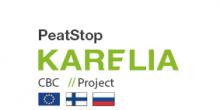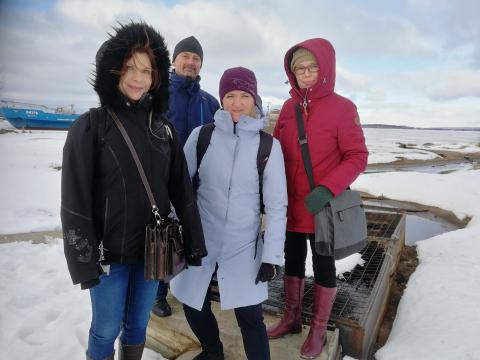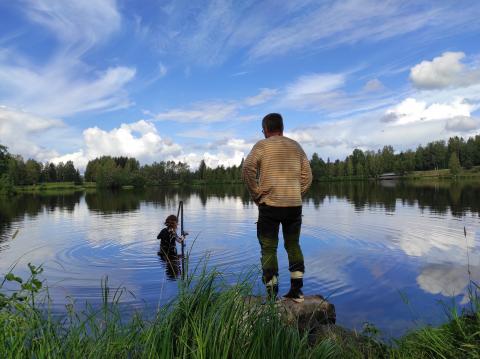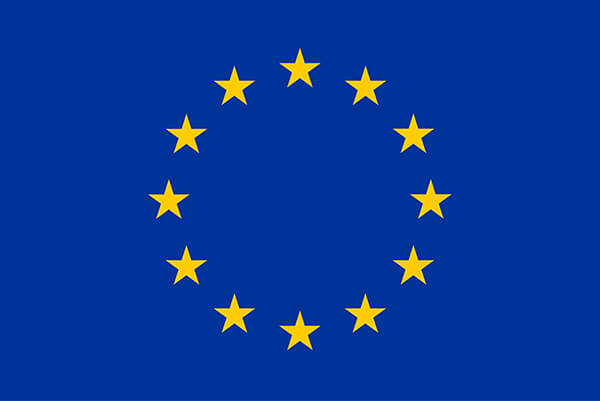In 2020 and 2021, in the PeatStop project, intensive runoff water nutrient load measurements were carried out around Kajaani areas to determine the worst problems and sources of nutrient loads. You can read about the measurement results for 2020 in the report below.
Report on runoff water nutrient loads, Kajaani 2020
-----------------------------------
In project PeatStop, we aim to achieve a good situational awareness of the existing environmental load caused by runoff water. On this tab, we will publish conclusive reports and information on possible new monitoring methods, e.g., participatory observation applications and innovation for real-time monitoring.
Interested in participatory observations as a monitoring method? Feel free to read up on some background info via the following link in Procedia Environment Journal. The article has been produced as part of PeatStop activities.
------------------------------------
The PeatStop project has also developed a mobile application for environmental observation. For now, the app isn't public, but is tested within the project groups to make sure it works as well as it should. This means it might still change a bit, but here's how it looks for now!
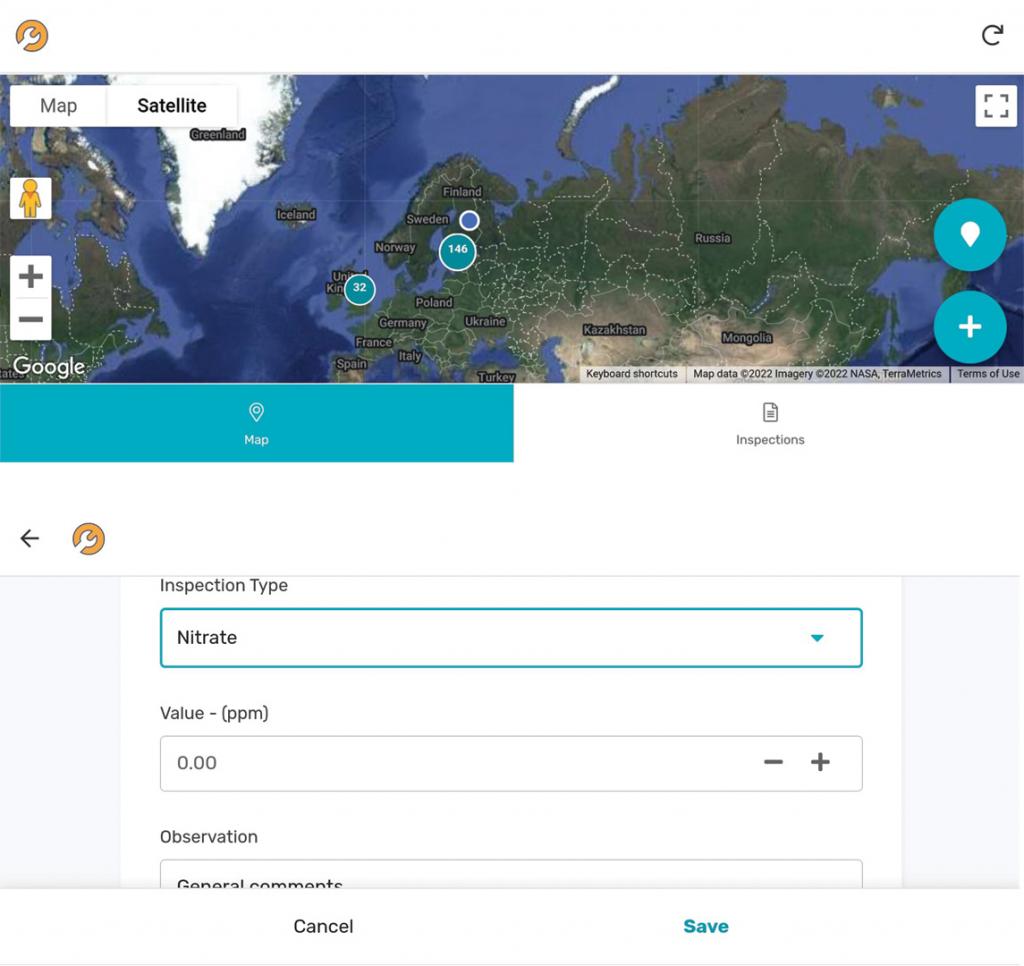
The app is designed for registering both actual measurement results and also sensory evaluation related to water quality. Results are shown on a map with a time stamp. In the future we aim for further development in providing an information service, which gives indicative information on water quality issues for various stakeholders.
But, before the PeatStop's own app development is done, we have to have options, right? And we do! Envirate, developed by the Finnish Treebuddy team, is available both online and as a mobile application.
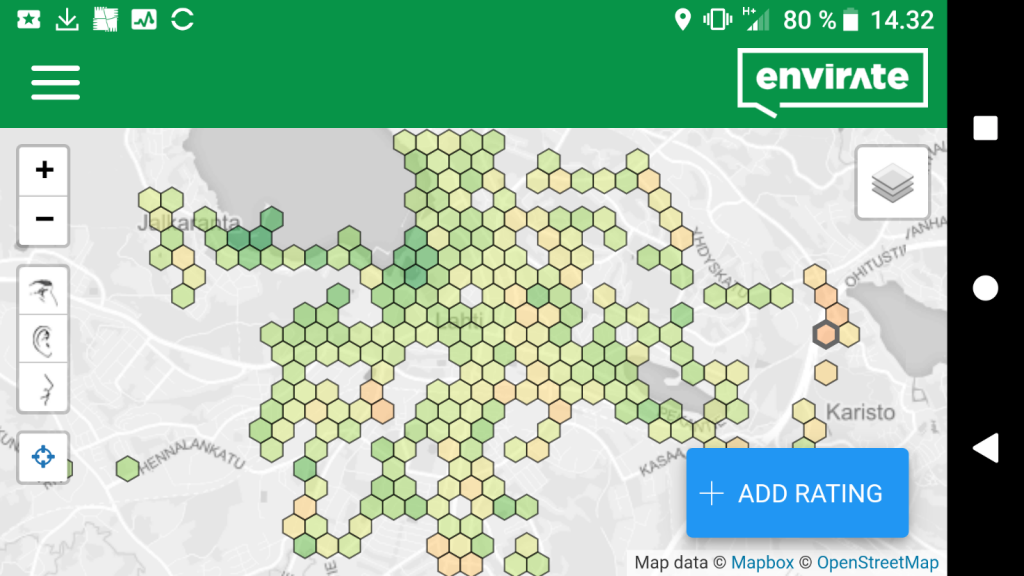
Envirate is a functional, simple application that allows the user to enter information about their environment regardless of location, based on the sense of smell, sight, and hearing. The entered information is registered in the system, and you can later examine it on the map, where the information appears as a colored button. The color of the piece is determined by the information entered; If the environment looks good, the button is green - and again, the more concerning the findings, the redder it becomes.
